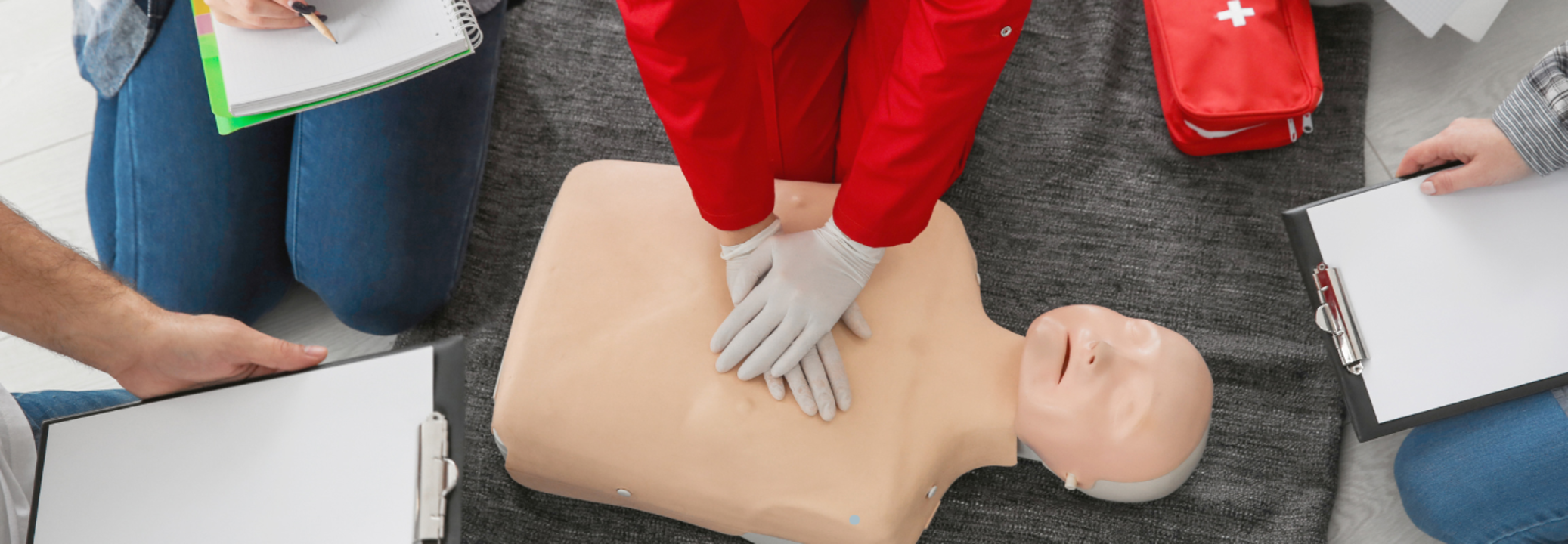Know What to Do: CPR and AED Basics for Everyone

Credits: Canva
SummaryWhile CPR and AED knowledge can save lives, many people hesitate to intervene during an emergency due to fear of making a mistake, lacking confidence, or worrying about legal liability. However, all 50 states and Washington, D.C. have “Good Samaritan” laws that protect individuals from legal consequences when they provide help in a medical emergency.
End of Article
